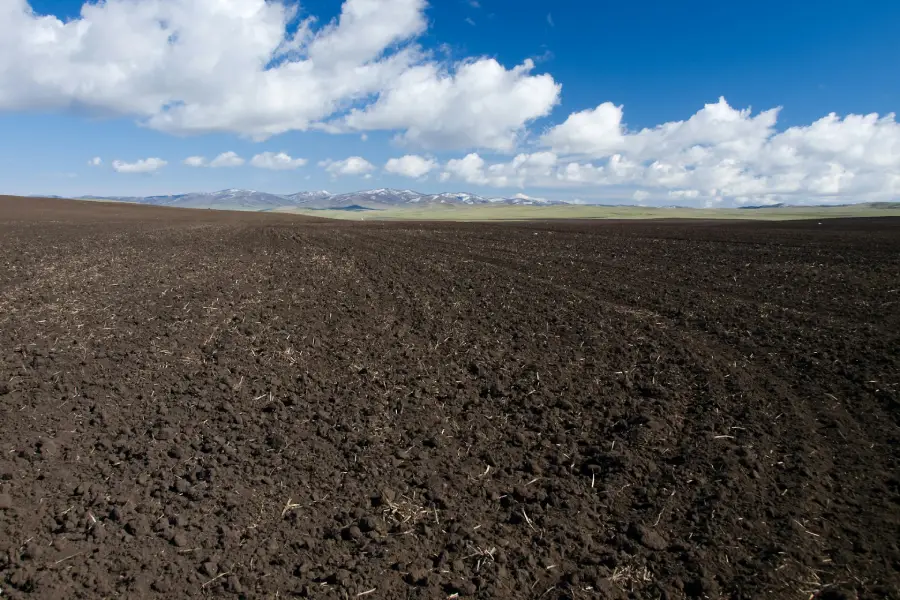Un método económico de eliminación de fósforo se muestra prometedor en pruebas de campo

A field estudiar conducted by researchers at the University of Illinois Urbana-Champaign demonstrates a cost-effective method for capturing and recycling phosphorus from agricultural runoff. Using a novel material, the study addresses the dual challenges of reducing nutrient pollution and creating a sustainable fertilizer alternative.
The research team, led by Hongxu Zhou during his doctoral work, developed “designer biochar” pellets by combining sawdust and lime sludge, byproducts from milling and water treatment, respectively. These materials were mixed, shaped into pellets, and slow-burned under low-oxygen conditions to enhance their phosphorus-binding properties. The biochar pellets not only captured dissolved phosphorus but also served as a slow-release fertilizer once their capacity was reached.
The team tested the pellets over two years in tile-drained fields in Illinois, a common feature in Midwest corn and soybean farming. Water from subsurface drainage systems passed through structures filled with biochar pellets. In the second year of the study, smaller pellets (1 cm) outperformed larger ones (2-3 cm), achieving phosphorus removal efficiencies of 38-41%, compared to just 1.3-12% for the larger pellets. The improved efficiency of smaller pellets is attributed to increased surface contact with the water.
Despite the trade-off in efficiency compared to powdered biochar, which cannot be practically used in the field due to its tendency to wash away, the pelletized form offers a viable solution for real-world conditions.
Economic and Environmental Implications
A techno-economic analysis revealed that producing designer biochar costs $413 per ton, significantly less than other phosphorus removal materials like granular activated carbon, which ranges from $800 to $2,500 per ton. The system’s total phosphorus removal cost was estimated at $359 per kilogram, with a two-year replacement cycle deemed the most economical.
Additionally, a life cycle analysis highlighted potential environmental benefits. The system could save between 12 and 200 kilograms of carbon dioxide-equivalent per kilogram of phosphorus removed, with further advantages such as reduced eutrophication, energy production, and improved soil quality.
While there are no current regulations requiring phosphorus removal from agricultural drainage, co-author Rabin Bhattarai noted that conservation-minded farmers may find the system appealing. Integrating the pellets into existing nitrate removal systems, like woodchip bioreactors, could enhance nutrient management practices.
The study, funded by the U.S. Environmental Protection Agency and the Illinois Nutrient Research and Education Council, was published in Water Research. This work earned Zhou first place in the 2024 Boyd-Scott Graduate Research Award from the American Society of Agricultural and Biological Engineers. Zhou is now a postdoctoral research associate at the Illinois Sustainable Technology Center.


Respuestas